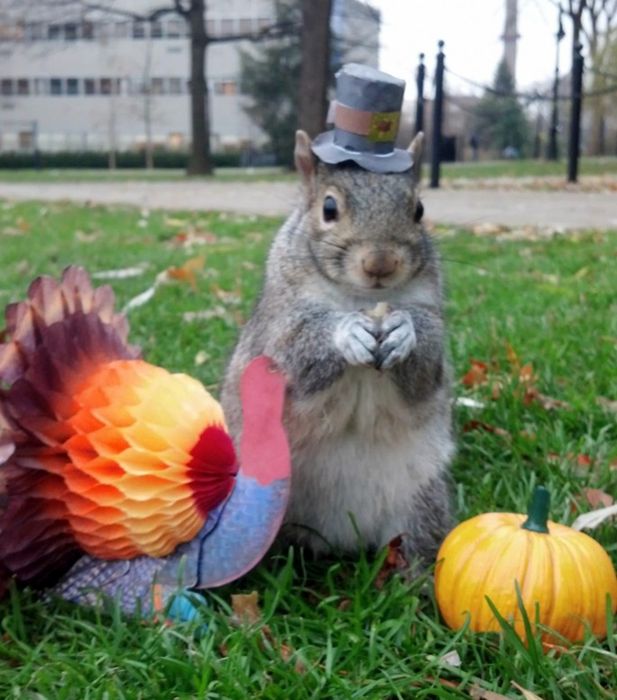|
|
Squirrel In Action
|
The main group of squirrels also can be split up in three, which yields the remaining subfamilies. The Sciurinae contains the flying squirrels (Pteromyini) and the Sciurini, which among others contains the American tree squirrels; the former have often been considered a separate subfamily but are now seen as a tribe of the Sciurinae. The pine squirrels (Tamiasciurus) on the other hand are usually included with the main tree squirrel lineage, but appear to be about as distinct as the flying squirrels; hence they are sometimes considered a distinct tribe, Tamiasciurini.
Be that as it may, the three-way split of the main squirrel lineage is rather neat from a biogeographical and ecological perspective. Two of the three subfamilies are of about equal size, containing between nearly 70 to some 80 species each; the third is about twice as large. The Sciurinae contains arboreal (tree-living) squirrels, mainly of the Americas and to a lesser extent Eurasia. The Callosciurinae on the other hand is most diverse in tropical Asia and contains squirrels which are also arboreal, but have a markedly different habitus and appear more "elegant", an effect enhanced by their often very colorful fur. The Xerinae – the largest subfamily – are made up from the mainly terrestrial (ground-living) forms and include the large marmots and the popular prairie dogs among others, as well as the tree squirrels of Africa; they tend to be more gregarious than other squirrels which do not usually live together in close-knit groups.
• Basal and incertae sedis Sciuridae (all fossil)
|
|









